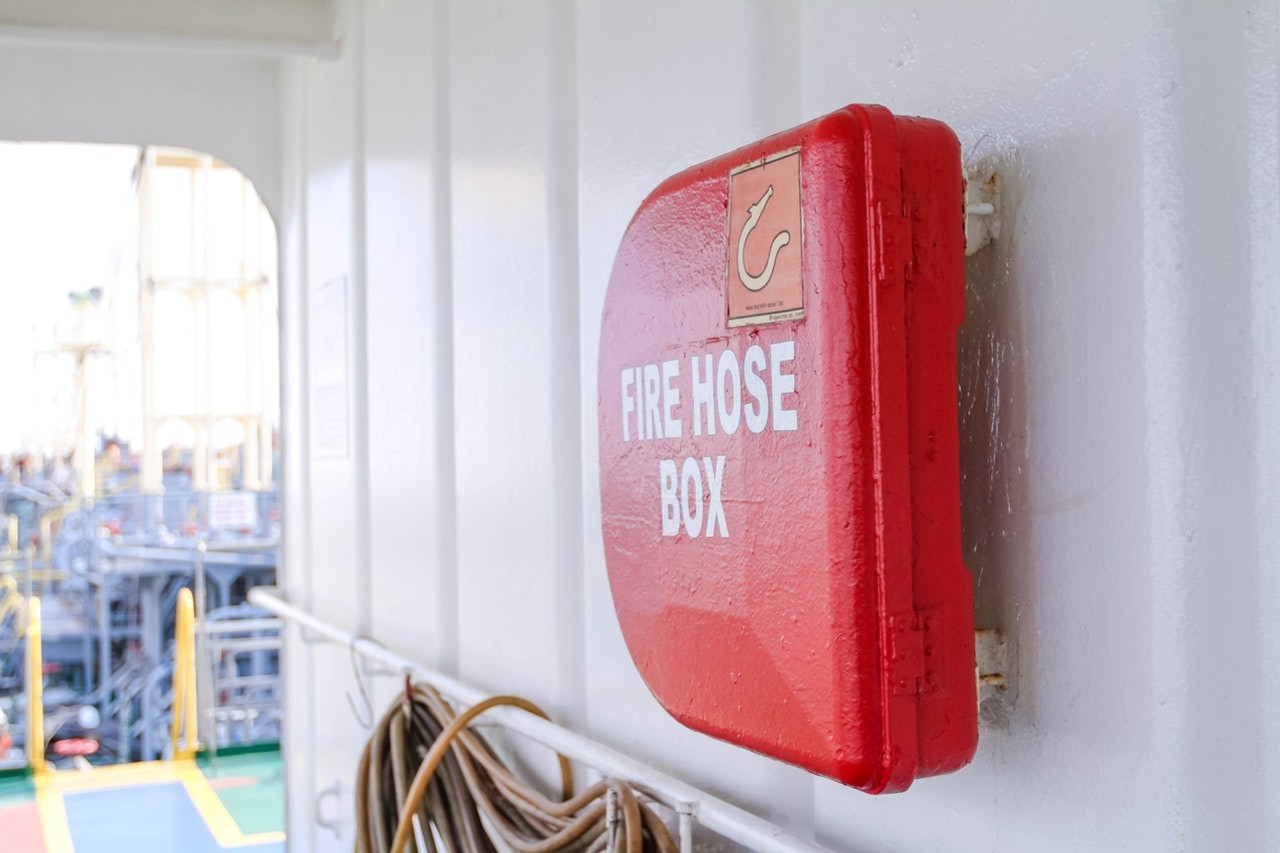All fire safety equipment is subject to rigorous standards for safety and reliability, and fire hoses -- the subject of NFPA 1962 -- are no exception.
Despite looking like a relatively simple device, a fire hose is one of the most important lines of defense in firefighting. NFPA 1962 is an important guideline for fire hoses: following this standard ensures that all hoses and their components will perform safely and as expected.
Here's a process to follow to make sure all of your fire hoses are properly inspected and up to code.
NFPA 1962 Fire Hose Pre-Inspection
- Ensure the hose is easily accessible in all directions, and that there is a clear path to it. If the time comes to use a hose, there will be no time to clear obstructions.
- Remove the cover from the hose and inspect the nozzle first, ensuring it opens and closes freely.
NFPA 1962 Inspection
- Unravel the hose by the nozzle and find the tags and markings which indicate such information as the hose's manufacture date and when it was last inspected. Once the hose is unraveled, perform a visual inspection of the hose, inside and out, looking for any signs of wear or damage. This can be anything from cuts, to frays, to dry rotting, to contamination by a foreign substance.
- If there is any issue with the hose, ensure it is either hydro tested or replaced. Check the hose to ensure it is completely dry, inside and out. If evidence of water is found, perform a hydro test to verify the hose is still up to code.
NFPA 1962 Post-Inspection
- Carefully re-rack the hose to ensure it does not crack, fray, or wear prematurely over time.
- Reconnect the hose to the standpipe and close the nozzle.
- Conclude the inspection by replacing the cover around the hose and documenting our procedure by placing an inspection tag around the standpipe.
Hiring a fully trained inspector is the best way to make sure you're up-to-date in all safety regulations, including NFPA 1962.

